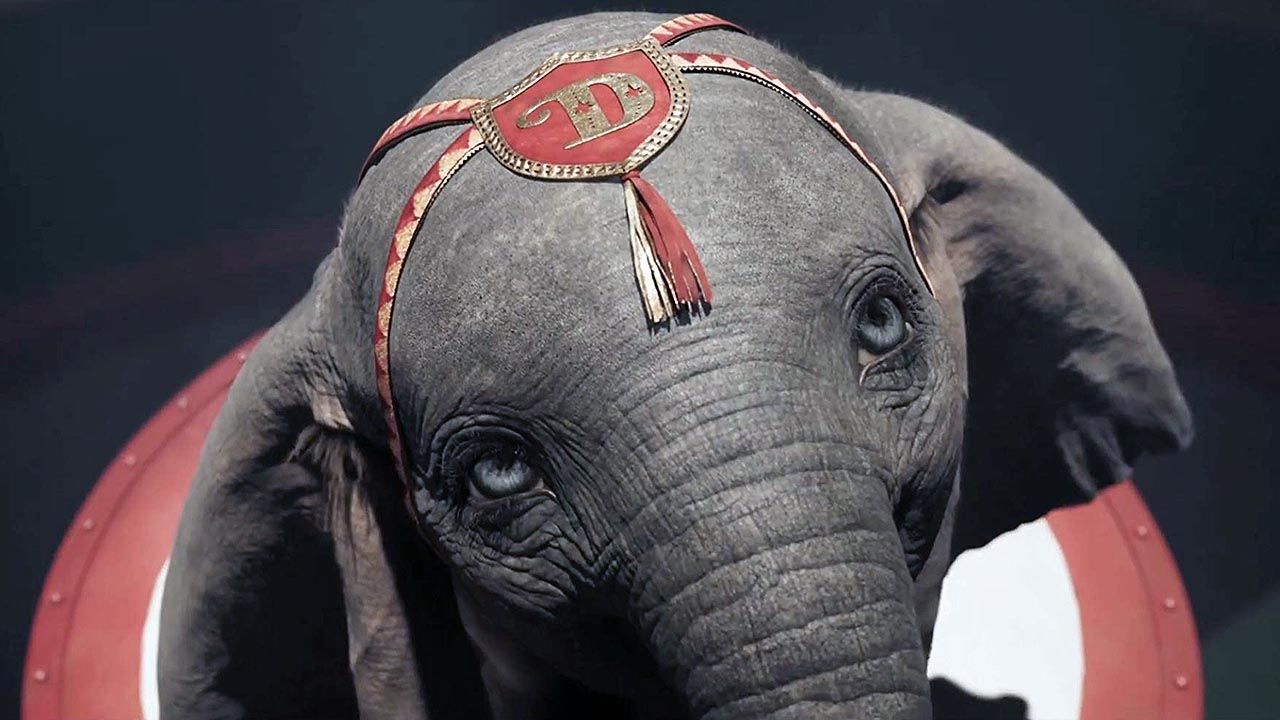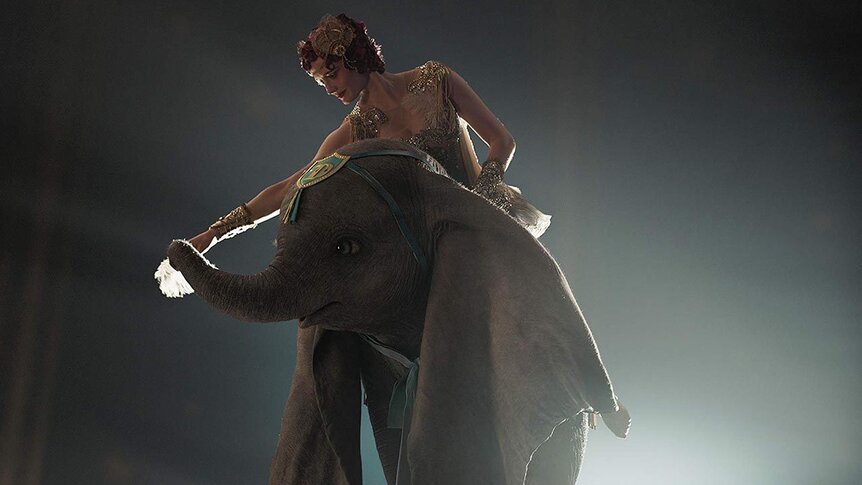Create a free profile to get unlimited access to exclusive videos, sweepstakes, and more!
Science Behind the Fiction: How big would Dumbo's ears have to be for flight?

Walt Disney was gifted with a special kind of magic, the ability to identify and bring to life the stories that would define a generation.
Disney films had, and still have, a way of becoming instant classics. That's why, even now, decades later, they are still some of the first movies we show to children. And, in the wake of advancing movie-making technology, it's why Disney is re-releasing some of its classic films with an updated aesthetic. Beauty and the Beast was perfect in its original state, but there was something magical about seeing it brought to life in live action. So, while there are naysayers lamenting the retconning of their beloved animated tales, Disney continues to enjoy success in adapting its animated features.
This year has two such movies on the slate, the upcoming Aladdin feature (which has enjoyed some impressive memes at the hands of Will Smith's genie) and the recently released adaptation of the classic circus elephant tale Dumbo, directed by Tim Burton.
Dumbo is a story about some of the most primal feelings each of us can experience. It's a story about losing your support system and finding yourself. It's a story that will, if the tagline can be trusted, make you believe an elephant can fly. It promises that, no matter how dark your circumstances, magic is just around the corner, if only you are open to it.
It requires a significant suspension of disbelief, or the assistance of a magical feather (if you have one available), but failing either of those, what would it actually take to make an elephant fly?
Getting Off the Ground
Elephants are perhaps the last animal one would consider for flight. Mostly that's because of their immense weight, but there's more to it than that. If certain fan theories about Superman are to be believed, flight is simply an extension of jumping incredibly well. If you can leap a building in a single bound, you can fly the expanses of space. There's something to be said for that line of thinking. It isn't the traditional method, birds don't fly by jumping really well, but spacecraft orbit by jumping really hard and escaping the bonds of gravity. Then it's simply a matter of falling, as Buzz Lightyear would say with style.
Sadly, elephants fail at this very first hurdle. In pursuit of flight, not only can elephants not jump hard, they can't jump at all.
According to the journal Science, there is a simple explanation for why elephants don't jump. They don't need to. Animals typically jump as a means of escape from predators. It's the gateway to a lifestyle off-ground, living in trees and in hard-to-reach places.
Elephants have a different strategy: brute strength. In the open market of evolutionary change, elephants gave up vertical mobility and doubled down on leg day. Their bone structure doesn't allow for jumping, no matter how much strength is available in their massive legs. When it comes to reaching for the sky, for an elephant, an inch off the ground might as well be the moon.
You know, lots of people with big ears are famous!
Dumbo's ears were an early source of pain and ridicule. They set him apart as something different, even among his own kind. They were also the thing that made him special. Armed with a magical feather (so far as he knew), Dumbo was able to use his ears to take flight. In truth, the juvenile elephant achieved flight through a combination of belief and a pair of supersized ears capable of producing lift.
When it comes to flight, that's what it really boils down to, whether an animal is capable of producing enough lift to override the pull of gravity. There are several factors in play here, but the primary concern is that of wing load. Can the wings (or ears) bear the weight of the cargo (or baby elephant body)? We also need to consider the speeds involved. A passenger plane has a huge wing load but is able to get off the ground because of its impressive speed. In short, in order to produce flight, an animal or craft needs to minimize wing load or maximize speed.
We could solve the problem of Dumbo's flight by equipping him with a couple of jet engines, but that feels like cheating. Instead, let's modify his ears.
The range of wing load among biological and manmade craft is vast. For instance, the monarch butterfly has a low wing load, at 0.168 kilograms per meter squared, while a Boeing 747 has a wing load of 652 kilograms per meter squared. For flighted birds, the maximum wing load still capable of generating lift is 25 kilograms per meter squared. The average bird has a lighter wing load, allowing it to maintain maneuverability. Given that Dumbo is limited by biological constraints, we'll calculate based on the 25 kilograms per meter squared limitation.
An average newborn elephant weighs approximately 90 kilograms, or 200 pounds. Given that some time has passed in the film by the time we see Dumbo fly, we'll round to 100 kilograms.
There was once a flighted bird with a comparable weight that we can look at when considering a flying elephant. Argentavis magnificens was an incredible bird that weighed roughly 200 pounds, stood approximately 6 feet tall, and had a wingspan in excess of 20 feet. It's difficult to truly visualize a bird of that size, but suffice it to say, if it still existed today, instead of dying out 25 million years ago, you'd have searched the skies before treading outdoors.
Argentavis magnificens gives us a pretty good template for the level of wingspan required to lift a load similar to a juvenile elephant.
In order for Dumbo's ears to generate enough lift to sustain a 100-kilogram load, they would need to be approximately 9 meters squared. And that's at his lightest weight. As he gets older and larger, the size of his ears would have to increase in order to accommodate the load.
This is without considering that his ears don't have the requisite rigidity to support flight.
In order to function as working wings, you would need a significant bone and muscle structure, which would increase the load and require even larger ears to keep everything aloft.
In the end, the ears required to accomplish powered flight, or even functional gliding, would be so massive that Dumbo would struggle to move about in ordinary daily life.
In truth, a flying elephant pushes at the boundaries of what is physically possible, given the environment and biological constraints present on Earth. But that isn't really the point of the movie. What's important is that each of us remember that what makes us different just might be what makes us special and to never consider the negative opinions of others when determining our own self-worth. More than anything, we can stretch the bonds of our own limitations, if only we're willing to believe.
Dumbo is playing in theaters now.



























